Art Fairs
Behind the Frieze Art Fair’s Secret Plan to Create an Art Utopia in the Bronx
The fair eventually abandoned the wildly ambitious project, but it offers a revealing look at the company's ambitions.

The fair eventually abandoned the wildly ambitious project, but it offers a revealing look at the company's ambitions.

Danielle Jackson

Frieze, the media company and art-fair organizer, has developed a proposal to create an arts district in the South Bronx, according to a document reviewed by artnet News.
The ambitious proposed district would cover roughly 280 acres, almost four times the size of SoHo and one of the largest real estate development sites in New York in recent history. It would include housing, art galleries, restaurants, artists’ studios, and collaborative workspace. Sources indicate the proposal may have been explored for at least one year between 2016 and 2017.
According to the 58-page document, titled “Frieze South Bronx,” the mega-development in the heavily industrial Port Morris section of the Bronx would solve a problem that has long plagued artists and galleries: the fact that they are often pushed out of “the communities that they helped cultivate.” By contrast, the Frieze-branded district would offer “a new model for housing and development that creates a permanent home for galleries, artists, and cultural institutions.”
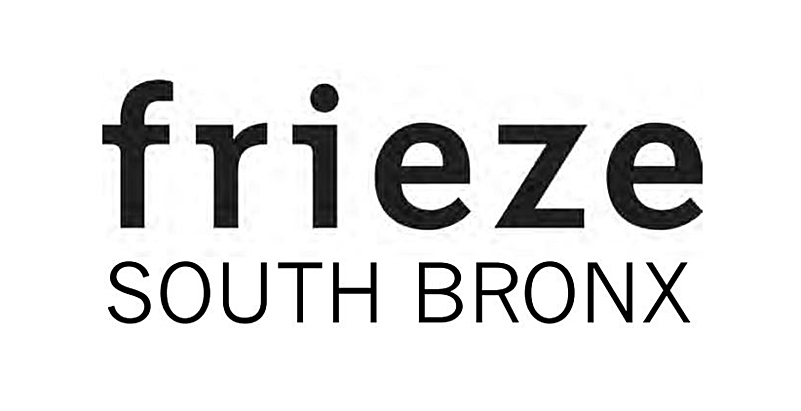
A screenshot from the Frieze South Bronx document.
Frieze’s co-founder Matthew Slotover confirmed that the company at one point considered the initiative, but says it is no longer under discussion.
“This was one amongst a number of projects that Amanda [Sharp, Frieze’s co-founder] and I researched a while ago to try to solve some of the issues artists and galleries were having in New York,” he told artnet News in an email. “We (and our partners) decided not to pursue this one, so unfortunately it is no longer an active project.” He declined to comment further.
Regardless of its status, the proposal vividly captures the vast scope of Frieze’s ambitions and posits a new, unprecedented role for an art company: community developer. It is also a testament to the ongoing real estate speculation that is rampant in the South Bronx, which in recent years has become a hotbed for development.
The document likens the proposed arts district to SoHo in the ‘70s and Chelsea in the early 2000s. (It even features an image of a young Paula Cooper, who opened the first art gallery in SoHo in 1968.) The development would have encompassed 160,000 square feet of market rate housing, 125,000 square feet of “micro-units,” 40,000 square feet of affordable housing, and at least 160,000 square feet for galleries large and small. Collaborative workspace, studios, non-profit space, and shared galleries would occupy 165,000 square feet.
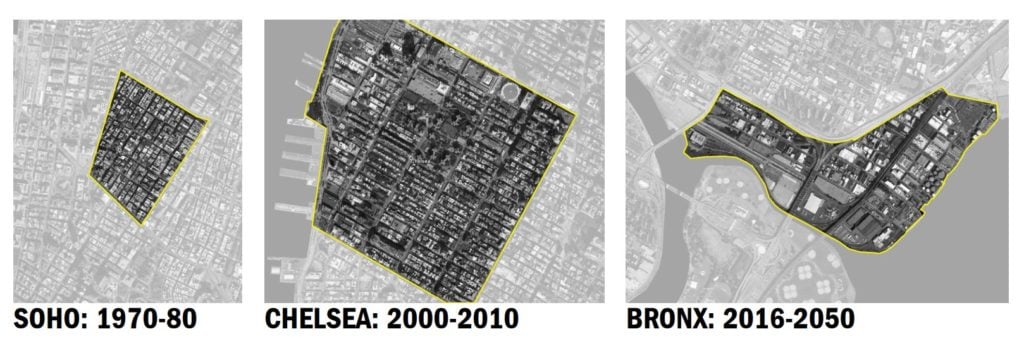
A screenshot from the Frieze South Bronx document.
At a time when a number of mid-size galleries have been forced to close and artists are increasingly priced out of New York, the initiative would “generate equity” for artists and galleries, “add value” to the local community, and triple the number of jobs in the district within five years, according to the document’s pitch.
The proposal, which appears to have been assembled for Frieze by the firm Marvel Architects, highlights the area’s proximity to Williamsburg, Grand Central Terminal, and Harlem, where galleries such as Gavin Brown’s enterprise and Elizabeth Dee have recently opened spaces. It also notes that the area is a 12-minute walk from Randall’s Island, where Frieze New York has been held annually since 2012.
Though the company is apparently not pursuing the Frieze South Bronx initiative, the document illustrates that it was far more than a passing idea. Frieze engaged experienced partners, several of whom have previously completed projects in the Bronx. The final page lists Marvel Architects, the firm behind St. Ann’s Warehouse and El Museo del Barrio; Macro Sea, the developer behind New Lab at the Brooklyn Navy Yard; and Type A Projects, which has developed charter schools, public plazas, and affordable housing projects in the Bronx.
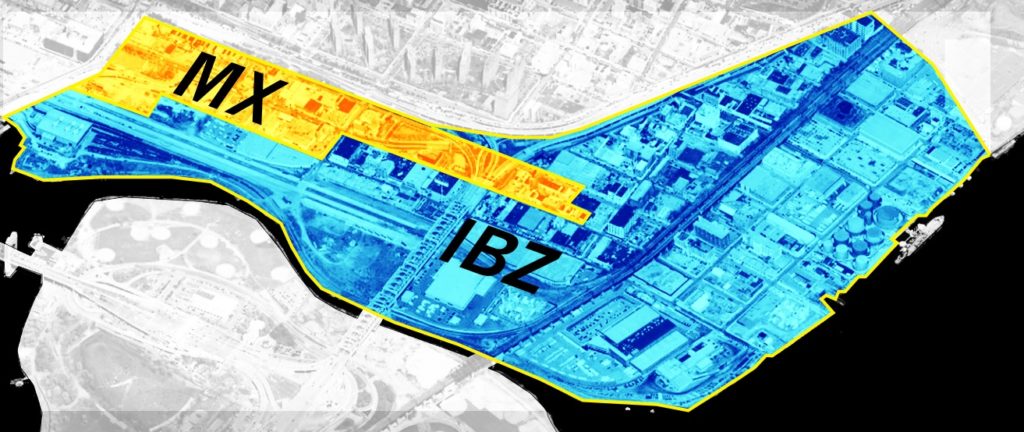
A screenshot from the Frieze South Bronx document (detail). The map of the proposed area includes mixed use and industrial space.
It is unclear exactly how far the Frieze project progressed before it was shelved. Type A Projects and Macro Sea did not respond to requests for comment and representatives from Marvel Architects declined to comment.
A representative for the Bronx Borough President’s office, which customarily would have been informed about a project of this scale, says it was not briefed about the proposal. The office of Melissa Mark-Viverito, the New York City councilwoman who until this month represented Randall’s Island and Port Morris, did not reply to requests for comment.
While Frieze may have eventually reached out to local constituents if the project had progressed further, five local artists and four community arts organizations, including the Bronx Council on the Arts, told artnet News they were not consulted.
“As the South Bronx evolves, it’s important that as many long-standing residents, organizations, and businesses as possible are invited to the table to communicate their vision for their neighborhood and be an equal stakeholder in its changing landscape,” says Stephanie Lindquist, the director of the local art gallery BronxArtSpace.
A project of this size would have posed a number of logistical challenges. Port Morris is a primarily industrial area that includes a mix of municipal buildings, recycling and scrap metal facilities, and family-run manufacturers. In the region under consideration, there are hundreds of individual landowners, according to city records reviewed by artnet News. The proposal does not state how Frieze might have acquired the off-market properties and it remains unclear whether the company would have sought to own the land or simply renovate and lease it.
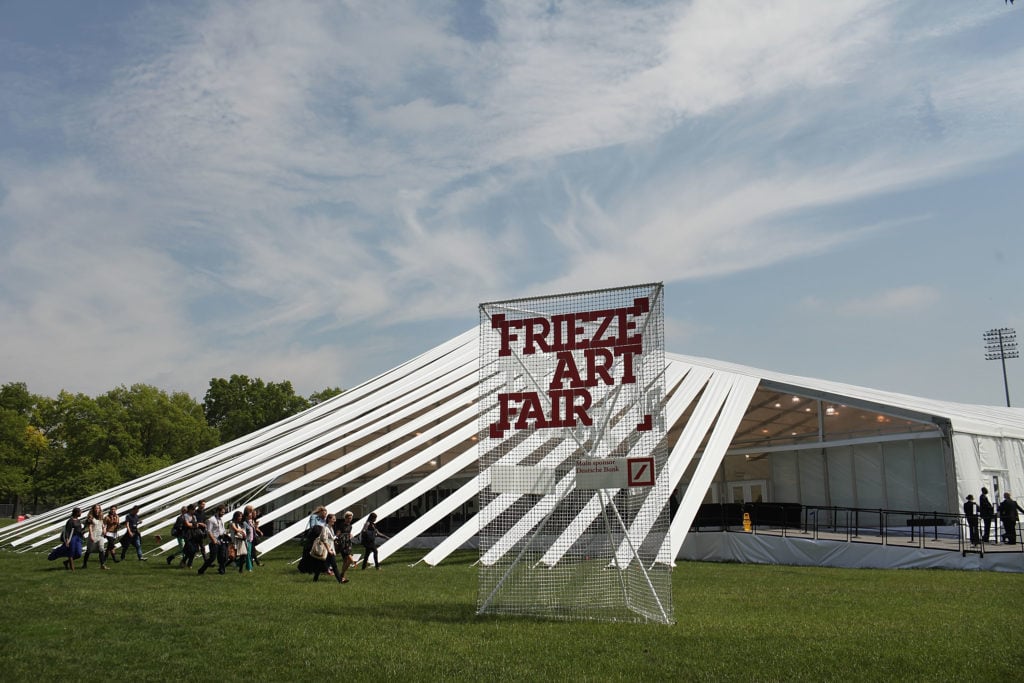
Frieze Art Fair on Randalls Island, 2012. Photo by Spencer Platt/Getty Images.
The South Bronx is one of New York City’s most impoverished communities; it is also home to a tight-knit grassroots and community-based art scene. Although Port Morris has seen a modest population increase in recent years, the neighborhood has fewer than 2,600 residents, more than 40 percent of whom live below the poverty line. If Frieze had proceeded with the project, it would have had to build a residential neighborhood out of whole cloth.
The proposal offers a revealing window into Frieze’s aspirations. Since its founding as an art magazine in 1991, the company has grown into a self-described “media and events company” and a globally recognized brand. It launched its first art fair in London in 2003 and another in New York in 2012.
When the company’s co-founders stepped away from day-to-day operations of the fairs in 2014, many wondered what their next move might be. In April 2016, weeks before the fourth edition of the New York fair on Randall’s Island, Frieze announced it had entered into a strategic partnership with Hollywood entertainment, sports, and fashion company Endeavor (formerly William Morris Endeavor | IMG). Less than one week later, the proposal document for Frieze South Bronx reviewed by artnet News was created, timestamps show. Tax records indicate that Endeavor now has a majority stake in the company.
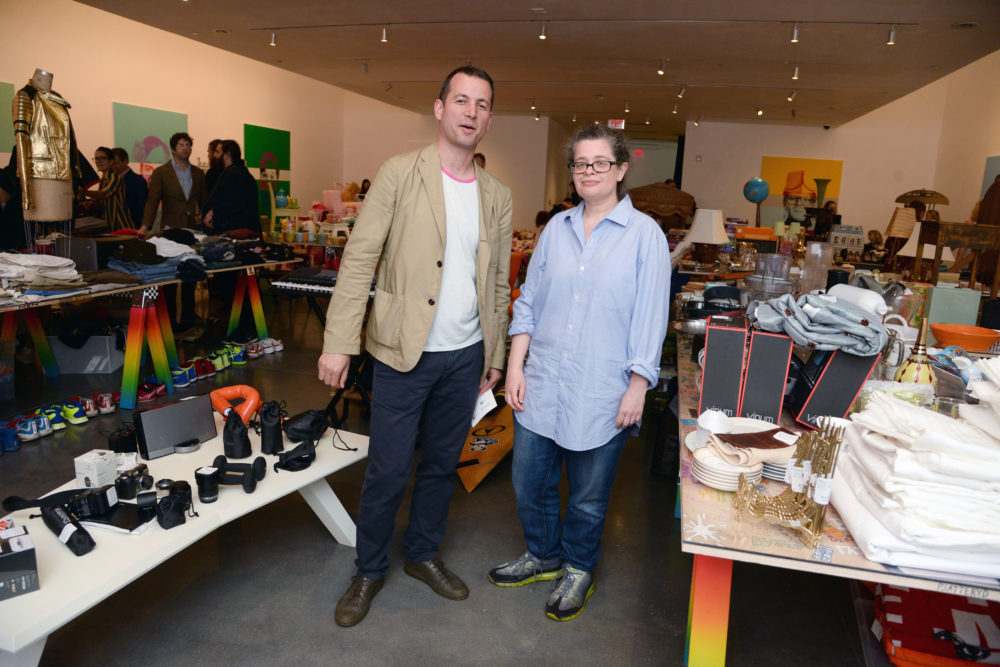
Matthew Slotover and Amanda Sharp in 2015. © Patrick McMullan. Courtesy of Clint Spaulding/PatrickMcMullan.com.
In the year and a half since the partnership was announced, Frieze’s founders have kept their plans for the brand close to the vest. Co-founder Amanda Sharp told the Financial Times in 2016 that the investment would “help us to create better value, better services, for our galleries. And help them and our sponsors with their broader business goals.”
Endeavor’s plans for the company have remained similarly opaque. Yesterday, Endeavor’s subsidiary IMG announced that it had acquired Exhibitions International, a blockbuster exhibition production company.
Meanwhile, Frieze is not the only art fair to attempt to use culture as a tool for urban development. In September, Art Basel launched the inaugural Art Basel Cities program in Buenos Aires, an initiative designed to “be an accelerator to propel cities’ cultural and economic development in a significant way,” according to the firm. Such developments—along with the Frieze South Bronx proposal—suggest that international art fairs are seeking to assume a new role in the life of global urban centers.
Nevertheless, real estate development would represent a marked shift for the industry. “Art fairs have so far mainly expanded by buying other art fairs or starting new art fairs in other regions,” Olav Velthuis, the president of the the International Art Market Studies Association, tells artnet News. “I am not sure if and how Frieze’s network embeds the expertise needed to transform an industrial district into an art zone. Traditionally, such transformations are initiated by either real estate developers or by local governments.”